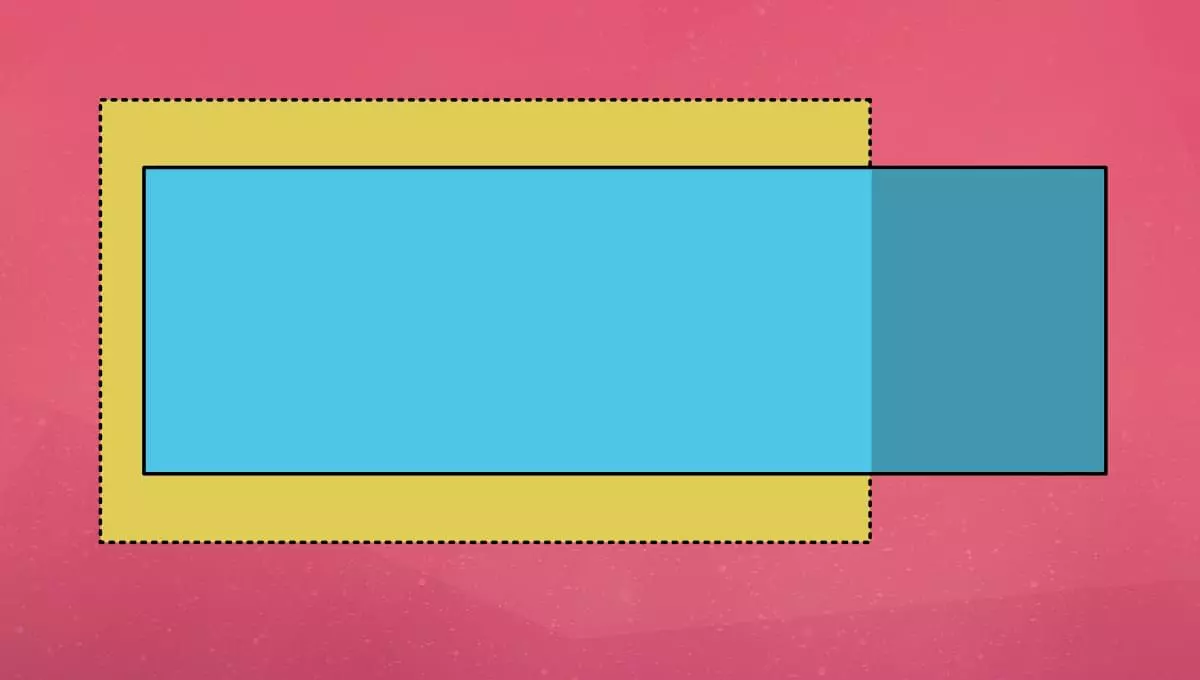

CSS overflow Detailed explanation of attributes: Control the display and behavior of overflowing content
CSS overflow attributes are used to control how content is displayed when it exceeds the bounds of HTML elements. This usually happens when elements have a fixed width, height, or content size, and the internal content cannot be fully accommodated. Overflowing content may cause horizontal or vertical scroll bars to appear, or content overlap. This article will give a quick overview of the use of CSS overflow properties and how to use them, ensuring that your layout works well across all devices and screen sizes.
overflow Attribute value and usage method
overflow attribute accepts four values: visible (default value, allowing overflow content to be visible), hidden (hide overflow content), scroll (always show scroll bar), auto (only in Scroll bars are displayed when there is overflowing).
1. overflow: visible
This is the default value of the overflow attribute. Once this value is set, any overflowing content that exceeds the container boundary will be visible, even if it flows out of the element boundary. Even if the content overflows, there will be no scroll bar.
2. overflow: hidden
This value will hide anything that exceeds the bounds of the container. There will be no scroll bars, and users will not be able to access hidden content. This option is useful when elements have specific size limits and content beyond the limit does not need to be visible. Please use this option with caution!
3. overflow: scroll
This value adds a scrollbar to the container element when there is overflow. This option is useful when you want the user to be able to scroll through overflow content within a defined space.
In addition to the overflow attributes, the overflow-x and overflow-y attributes can also be used to control overflow behavior in the horizontal and vertical directions, respectively.
4. overflow: auto
This value will only add scrollbars to the container element if there is overflow. When the content size fits the defined space, the scroll bar is hidden and the content is visible. In the simple example, the visual effect is the same as overflow: scroll, but if the vertical direction does not overflow, the vertical scroll bar will not be displayed.
overflow The importance of attributes in web development
overflow Attributes are an indispensable tool for web developers, which allows us to control the visibility and behavior of overflowing content within HTML elements. This property ensures that the content flows correctly within the defined space and avoids overlapping, scrolling, or invisible issues. overflow Properties also help create responsive designs that suit different screen sizes. By controlling the visibility and behavior of overflowing content, you can ensure that the content displays as expected on devices with different screen sizes or resolutions.
overflow Attributes and responsive design
Yes, the overflow attribute can be used to create responsive designs that fit different screen sizes. By using the hidden or scroll values, we can ensure that the content remains within defined boundaries and avoid overlapping, scrolling, or invisible content. We can also use the auto value to ensure that the content is displayed as expected on devices with different screen sizes or resolutions. When the overflow property is set to auto , if the content is too large to fit within the defined space, a scroll bar is displayed, ensuring that the user can access everything in the element.
overflow Troubleshooting of attribute problems
When troubleshooting issues related to overflow attributes, the following factors should be considered:
overflow attribute is set correctly for the element. overflow settings or element size. Summary
All in all, the CSS overflow property is an important tool that allows us to control the visibility and behavior of content that may overflow its container boundaries. This ensures that the content correctly adapts to the defined space without problems such as overlap or scrolling. By leveraging the overflow properties, web developers can create responsive designs at different screen sizes and resolutions, ensuring that their content displays well on any device or screen. Finally, problems related to CSS overflow can be solved efficiently and effectively by considering the size of the element, CSS code, and using browser developer tools.
FAQs (FAQs)
overflow: auto and overflow: scroll? auto Show scroll bars only if necessary; scroll Always show scroll bars even if content does not overflow.
overflow: hidden How does it work? Hide all overflows and do not display scroll bars.
Can it be used on the x-axis and y-axis respectively? overflow Yes, use and overflow-x. overflow-y
What is the default value of the attribute? overflow . visible
How to interact with floating elements? overflow can be used to clear floats by setting or overflow: auto. overflow: hidden
Can it be used for Flex layout containers? overflow Yes, but the behavior may be slightly different.
overflow: visible and overflow: clip? clip will prevent the interactive UI elements from being accessed by overflowing containers.
The above is the detailed content of CSS Overflow Property. For more information, please follow other related articles on the PHP Chinese website!




